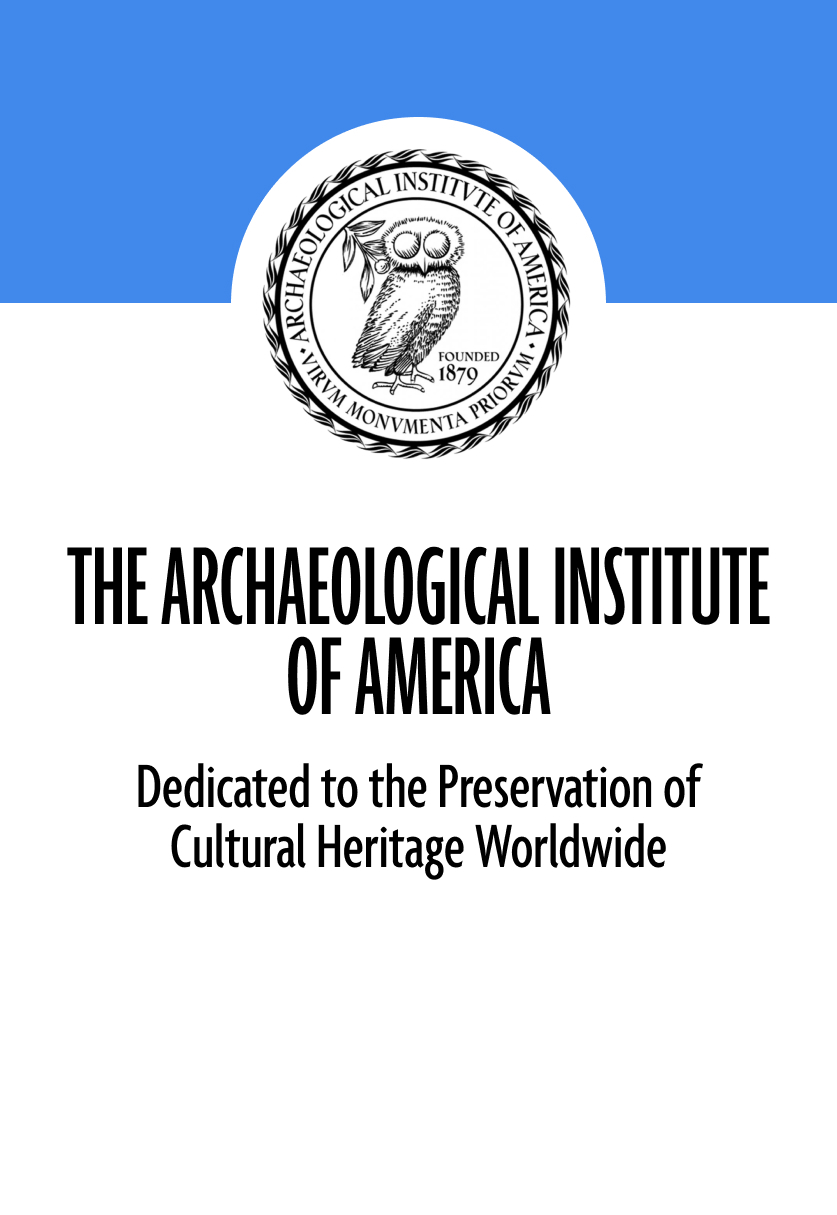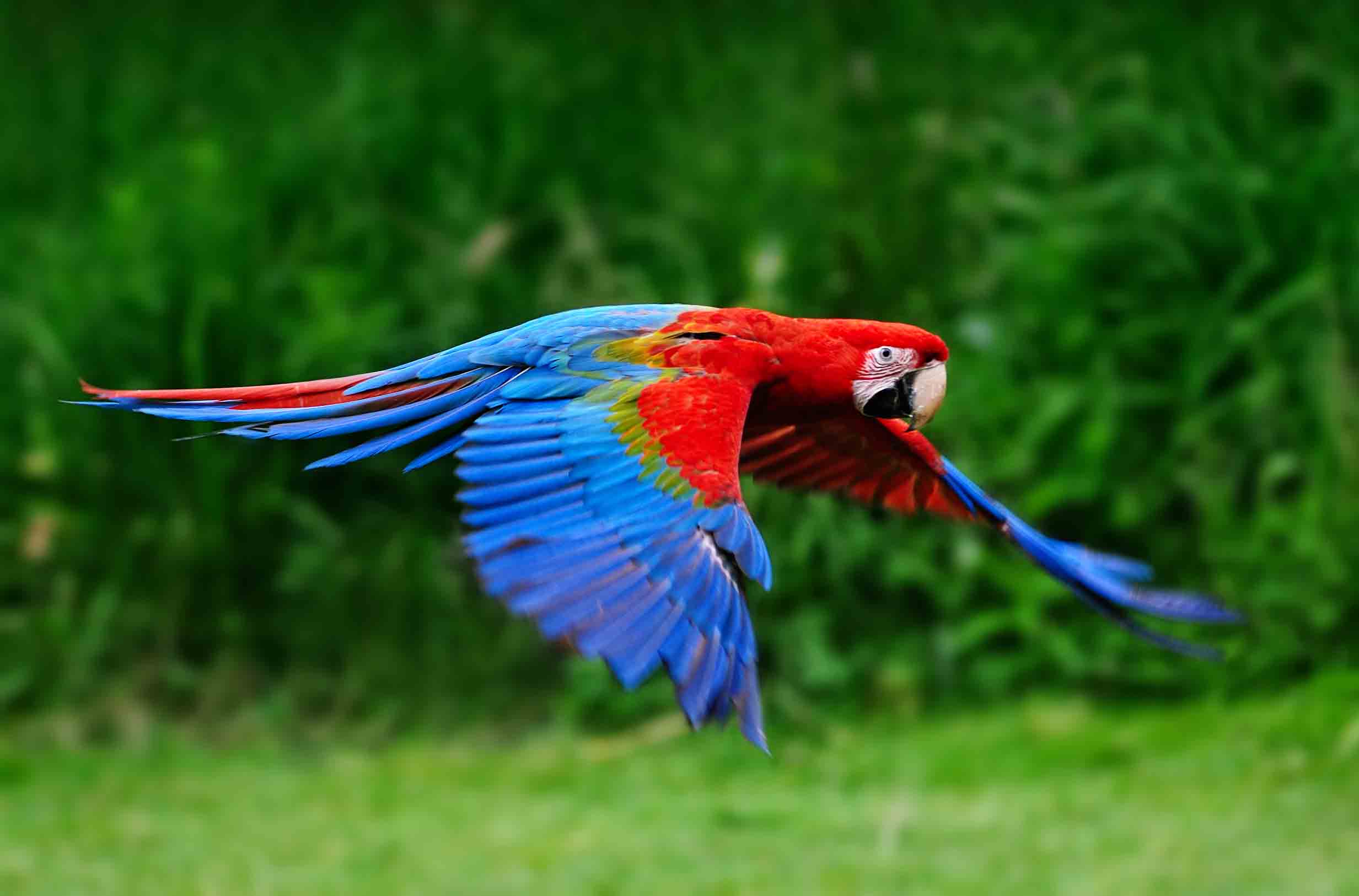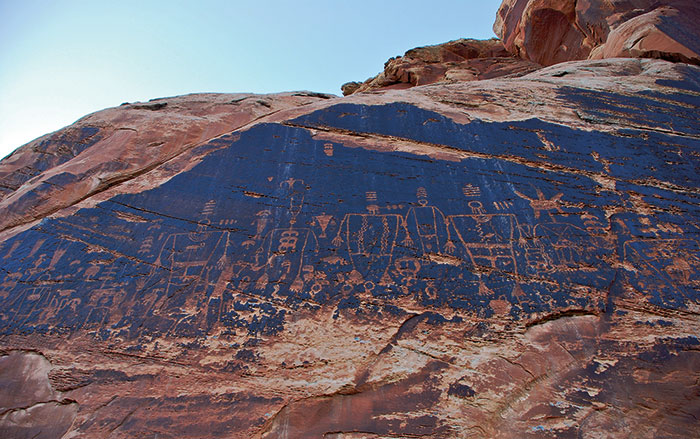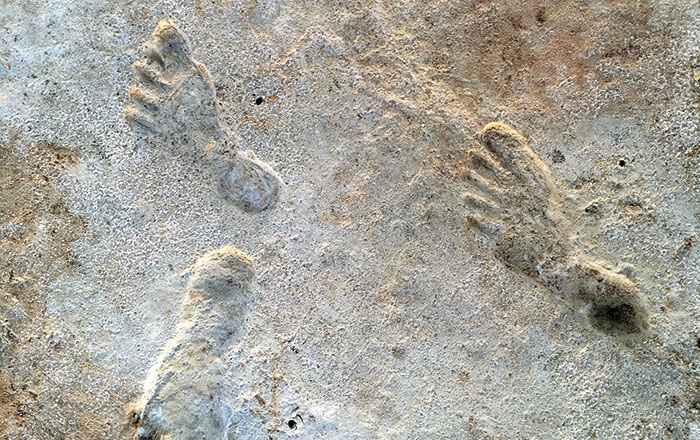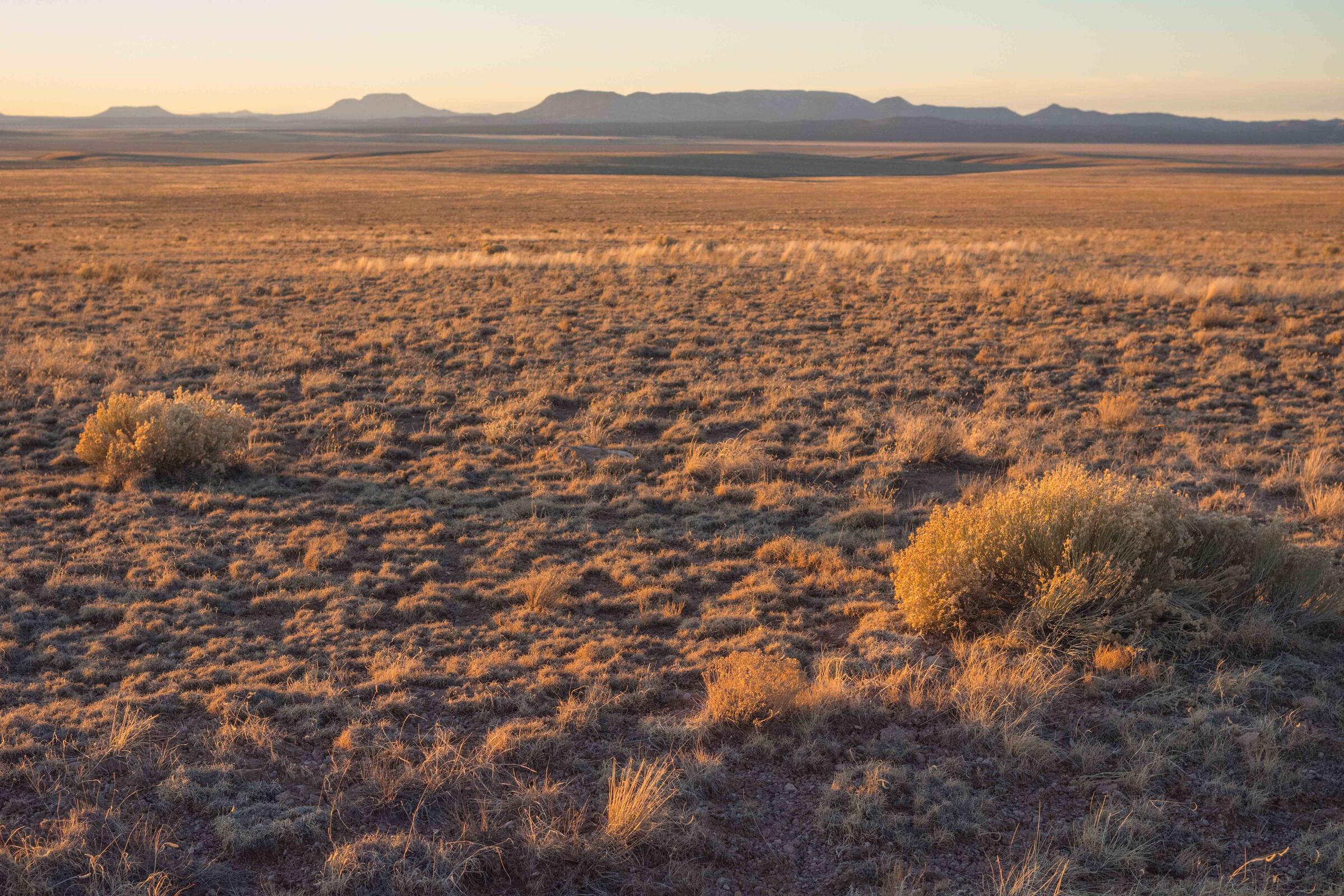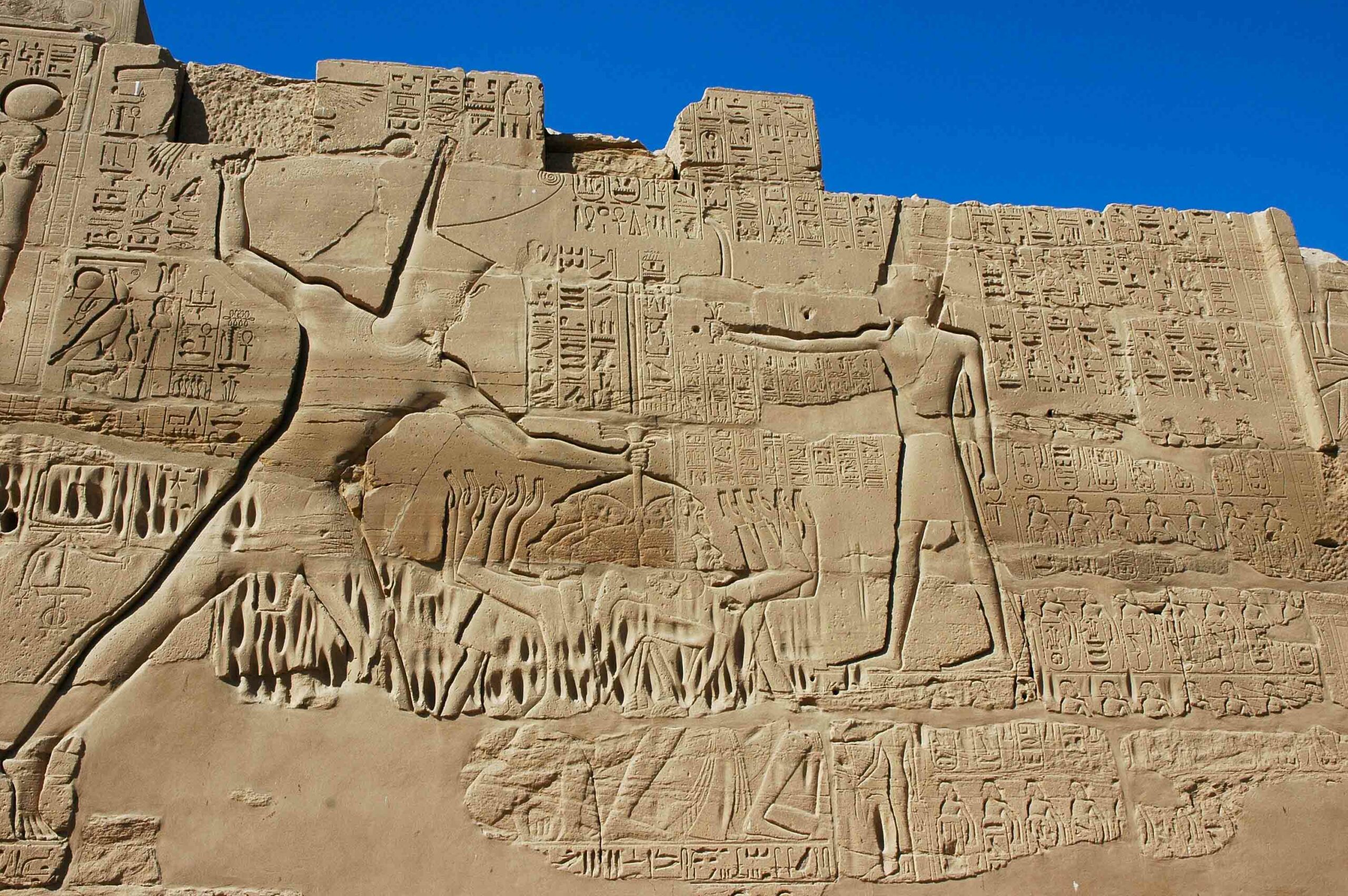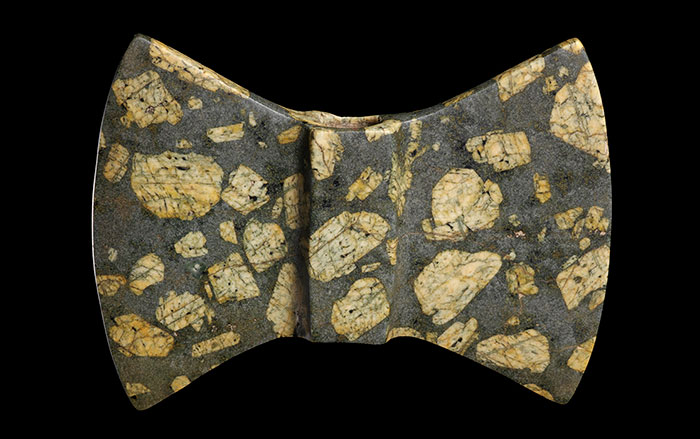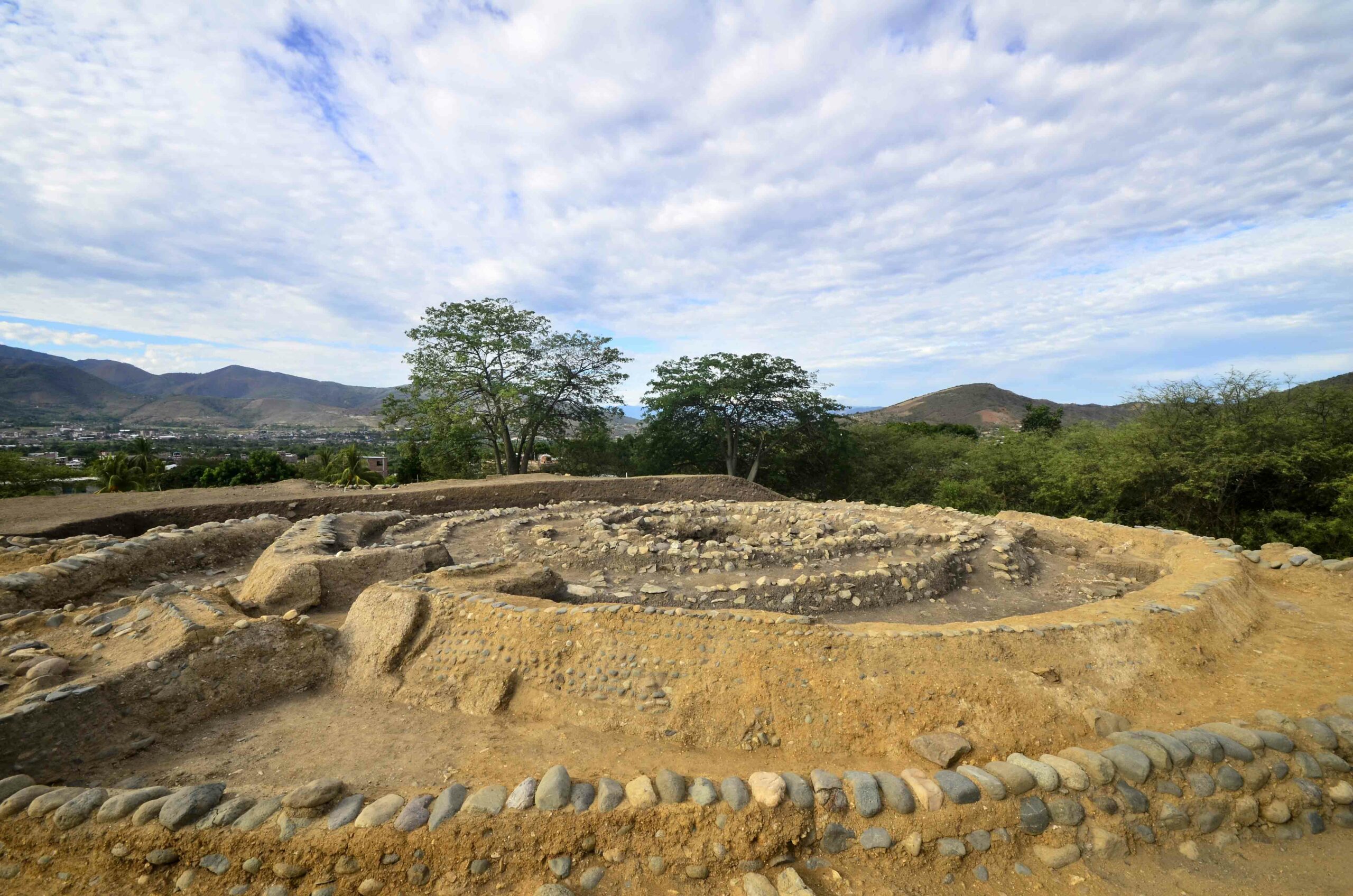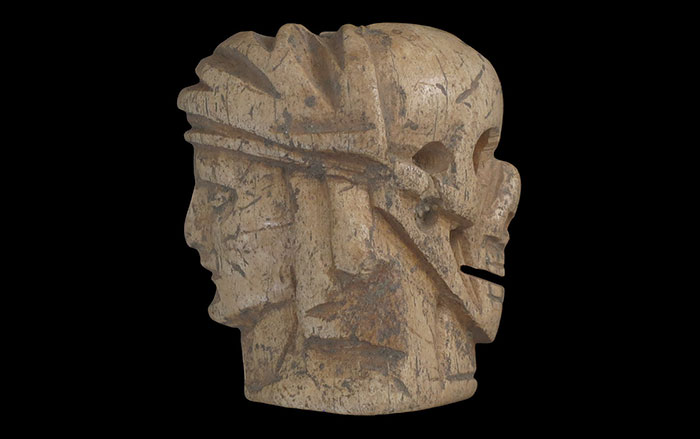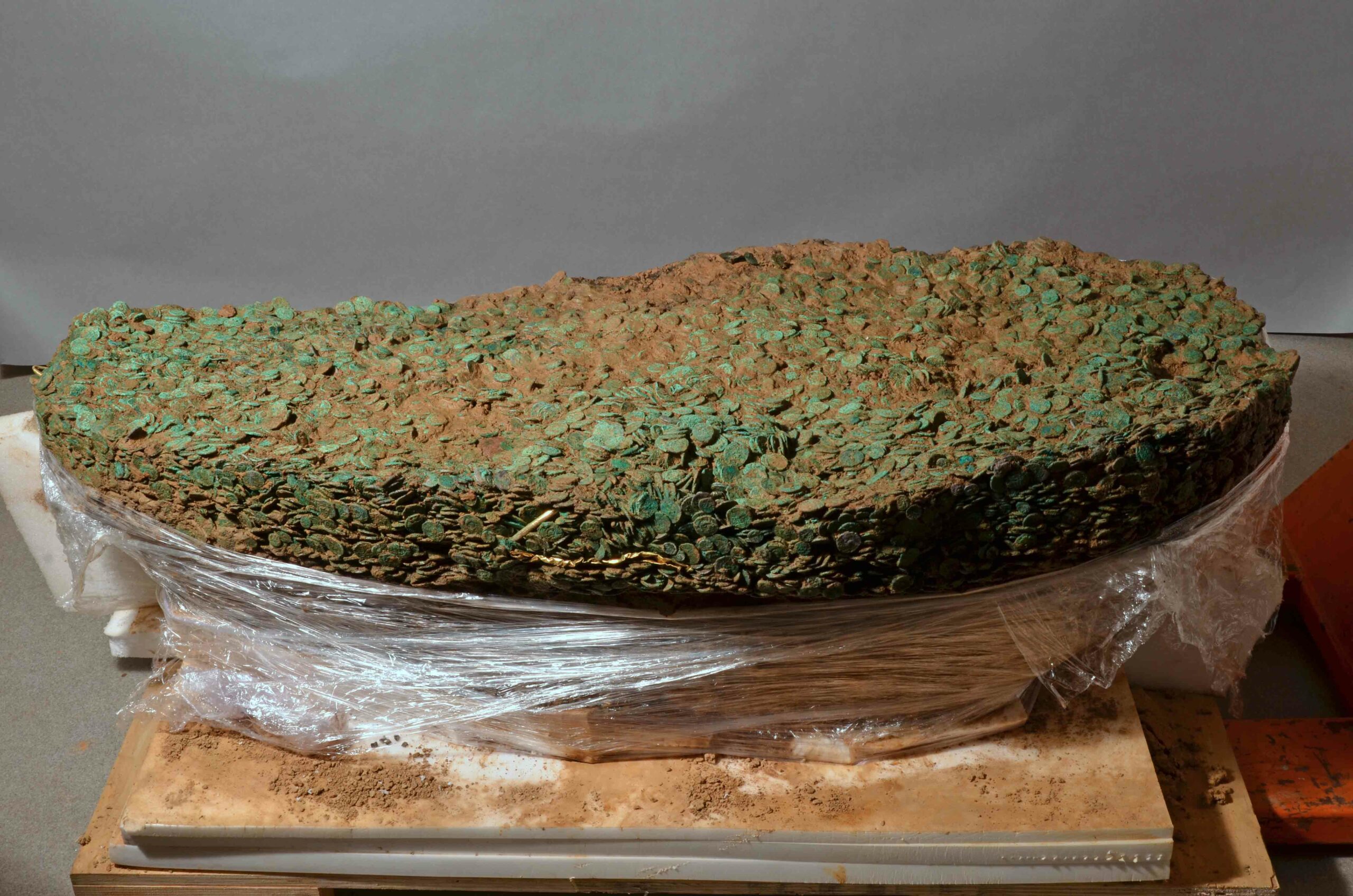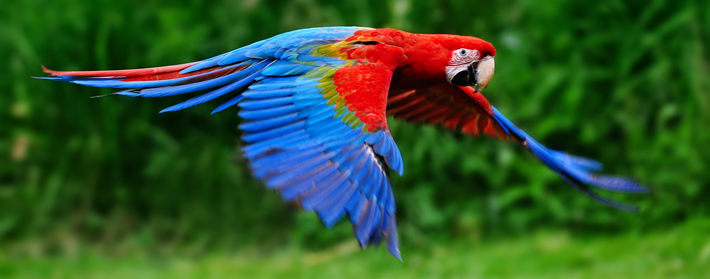
Macaw skeletons found at Ancestral Pueblo sites in the American Southwest exhibit signs of having had their feathers removed by humans, according to a new study by zooarchaeologist Randee Fladeboe of the University of Florida. Fladeboe has examined the bones of macaws dating to between A.D. 950 and 1400 discovered at Pueblo Bonito, Pueblo Arroyo, and Pecos Pueblo, all in New Mexico. She’s finding evidence that the birds were not only plucked, but had been raised for that purpose. Macaw feathers held great ritual and political value for Puebloan people in the region, but it is doubtful these communities bred macaws from birth. “The general theory accepted by archaeologists is that the birds were bred at sites farther south and brought north as juveniles,” says Fladeboe, who explains that keeping these notoriously stress-prone tropical birds in a desert environment would have required intensive daily effort. She continues, “Human-macaw relations in this time and place involved a vast network of material and social resources that we have only just begun to investigate.”
